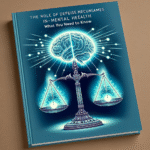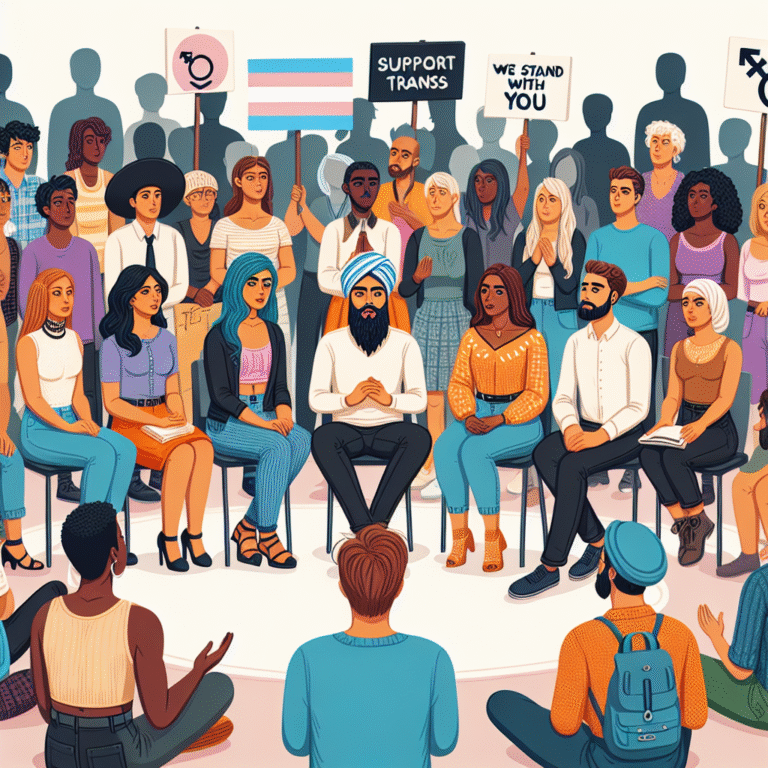
Loneliness 101: Recognizing Symptoms and Discovering Solutions for a Fulfilling Life
Introduction
In today’s fast-paced, interconnected world, loneliness can paradoxically thrive among a sea of social media likes and digital connections. Loneliness is more than just a fleeting feeling; it can lead to significant emotional turmoil and even physical health issues. As we dive into Loneliness 101: Recognizing Symptoms and Discovering Solutions, we will uncover what loneliness truly means, how to identify its symptoms, and explore effective strategies to combat it.
Whether you’re feeling isolated, disconnected from loved ones, or simply seeking a deeper sense of belonging, understanding loneliness is an essential step toward a more fulfilling life. Let’s embark on this enlightening journey together!
Understanding Loneliness
Loneliness is often defined as the perception of being alone, regardless of one’s social network. According to a 2020 report from the Cigna insurance company, nearly 61% of Americans reported feeling lonely. Loneliness isn’t merely a lack of companionship; it can also stem from:
- Social isolation: The objective absence of social relationships.
- Emotional loneliness: The absence of close emotional attachments.
Recognizing the subtle differences between these types can help us navigate our feelings more effectively.
Symptoms of Loneliness
Understanding the signs of loneliness is critical for both recognition and recovery. Here are common symptoms to identify:
-
Emotional signals:
- Feelings of sadness or emptiness.
- Anxiety about relationships or social situations.
-
Behavioral changes:
- Withdrawal from social activities.
- Decreased interest in spending time with others.
- Physical manifestations:
- Sleep disturbances.
- Changes in appetite or weight.
To visualize these symptoms, see the chart below:
| Symptom Type | Examples |
|---|---|
| Emotional | Sadness, anxiety, hopelessness |
| Behavioral | Withdrawal, avoidance of socializing |
| Physical | Sleep problems, fatigue, weight changes |
Case Study: The Impact of Loneliness
To illustrate the significance of recognizing loneliness, consider the case of Sarah, a 35-year-old marketing professional. Despite having a robust career and a proactive social media presence, Sarah felt increasingly isolated. The pressures of work led her to gradually withdraw from social interactions, causing her emotional symptoms to escalate into anxiety and depression.
Recognizing her symptoms was the first breakthrough. With support from a therapist, Sarah learned to reconnect with her passions and re-engage with her community. This case demonstrates how acknowledging loneliness can pave the way for healing and connection.
Discovering Solutions: Practical Strategies
Loneliness can be addressed effectively with a variety of strategies. Here are some proven solutions that can help in navigating through this challenging emotion:
1. Cultivating Connections
Building and nurturing relationships is a key focus in Loneliness 101. Here are a few strategies:
- Join clubs or groups: Whether it’s a book club, sports team, or volunteer group, seeking shared interests can foster connections.
- Initiate contact: Reaching out to friends or family members can reignite relationships. A simple message or phone call can lay the groundwork for deeper connections.
2. Mindfulness and Reflection
Practicing mindfulness can help create emotional awareness of loneliness:
- Journaling: Reflecting on personal feelings through writing can offer insights and alleviate emotional burdens.
- Meditation: Focusing on the present can help diminish feelings of loneliness and enhance emotional resilience.
3. Extending Empathy
Empathizing with others can shift your focus from isolation to interconnectedness:
- Volunteering: Engaging with those in need not only benefits them but also cultivates a sense of purpose and community.
Case Study: The Power of Volunteering
A dramatic testament to the impact of empathy is seen in David, a retiree who battled loneliness following the loss of his spouse. After volunteering weekly at a local food bank, David not only found joy in helping others but formed lasting relationships. His experience showcases the concept that sometimes reaching out can help alleviate our own feelings of loneliness.
Embracing Technology
While loneliness can feel insurmountable in the digital age, technology can also be a tool for connection:
- Online communities: Engage with like-minded individuals through online forums or social media groups.
- Video calls: Utilizing tools like Zoom or Skype to maintain face-to-face connections can help bridge the gap created by distance.
Case Study: Transforming Digital Relationships
Emily, a college student, initially struggled with loneliness as her friends moved away after graduation. However, she began participating in virtual game nights and groups centered around her hobbies. These online interactions not only maintained relationships but fostered new connections. Emphasizing that while physical absence can increase loneliness, virtual presence can maintain social bonds.
Building Resilience
Building resilience is crucial in combating loneliness. Here are effective approaches:
1. Reframing Thoughts
Cognitive reframing involves changing the perspective on thoughts related to loneliness:
- Challenge negative thinking by focusing on the potential for new relationships.
- Remember: loneliness is a feeling, not a permanent state.
2. Setting Goals
Creating realistic, achievable social goals can spur growth:
- Set a goal for social interaction each week, whether it’s meeting someone for coffee or joining a class.
Conclusion
Recognizing the symptoms of loneliness and exploring effective solutions is essential for fostering connection and resilience. As we have learned in Loneliness 101: Recognizing Symptoms and Discovering Solutions, identifying feelings of loneliness is key to finding pathways toward connection, growth, and fulfillment. Remember, you’re not alone in this journey, and the solutions are within reach.
As you navigate your feelings of loneliness, take action—connect with others, embrace community, and prioritize your emotional well-being. You have the power to transform your loneliness into an opportunity for deeper connections and personal growth.
FAQs
1. What is the difference between loneliness and social isolation?
Loneliness is a subjective feeling of disconnection, while social isolation refers to the physical absence of social interactions or relationships.
2. Can loneliness affect physical health?
Yes, loneliness has been linked to increased risks of various health issues, including heart disease, depression, and a weakened immune system.
3. How can I help a friend who is feeling lonely?
Show empathy and reach out with regular communication, invite them to activities, or simply lend a listening ear.
4. Is it normal to feel lonely sometimes?
Yes, feeling lonely is a normal human experience, but it is essential to recognize and address these feelings when they occur.
5. What professional help is available for severe loneliness?
Therapists and counselors specializing in emotional health can provide support, strategies, and interventions for severe feelings of loneliness or associated depression.
As you embark on your journey in addressing loneliness, keep the principles of Loneliness 101: Recognizing Symptoms and Discovering Solutions at the forefront of your mind. Embrace the potential for connection and remember that support is always available.


















